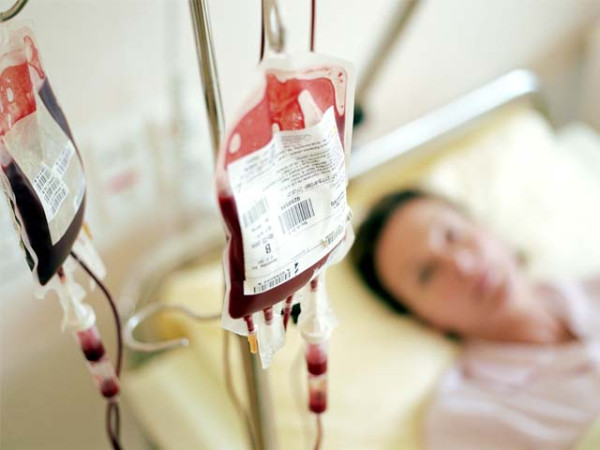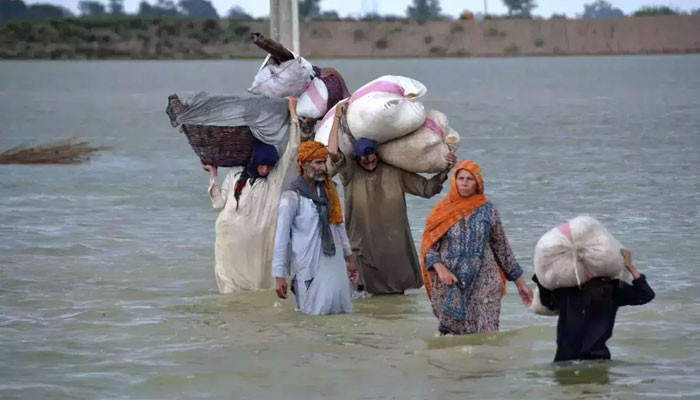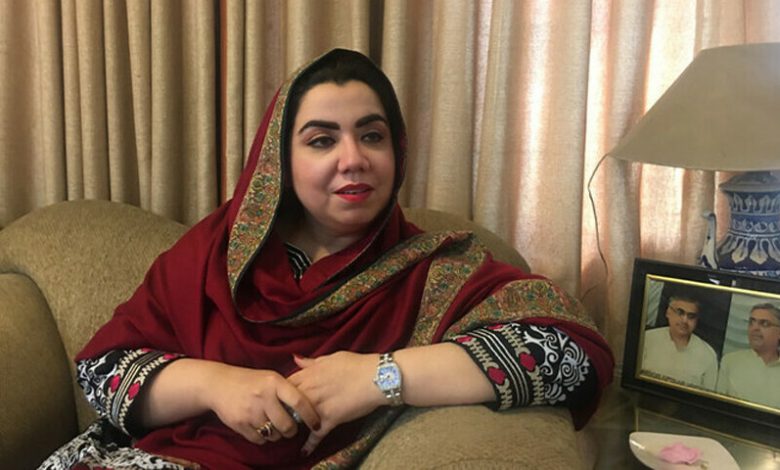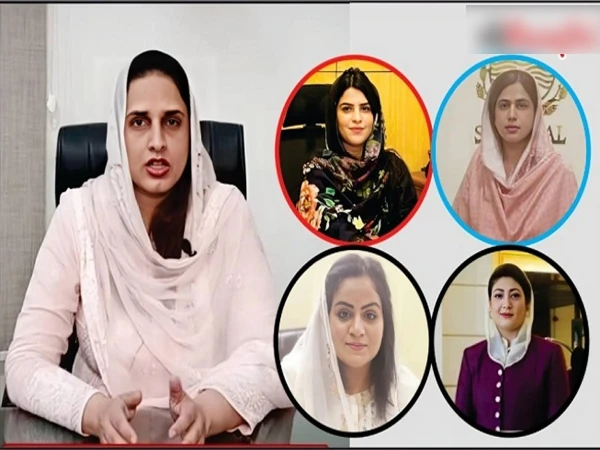
UNICEF, the World Health Organization (WHO), and SAARC have raised grave concerns over the soaring rates of anaemia among women and girls in South Asia, including Pakistan, warning that without urgent and coordinated action, an additional 180 million females could be affected by 2030. The condition already impacts more than 259 million individuals across the region.
In an unprecedented regional effort, government representatives from seven South Asian countries gathered in Colombo, Sri Lanka, from July 9 to 11 for a high-level conference titled "Nourishing South Asia: Addressing Anaemia in Women and Girls." More than 100 experts, policymakers, and health and development leaders participated in the three-day summit.
A major outcome of the conference was the launch of the South Asia Anaemia Academic Alliance, aimed at promoting scientific research to develop long-term solutions to the crisis.
Also Read: Major Blow to ANP as Samar Haroon Bilour Joins PML-N
Sri Lankan Prime Minister Dr. Harini Amarasuriya, addressing the gathering, emphasized that anaemia is a serious public health issue among women and children. She announced plans to intensify nutrition programs in affected districts and expand them nationwide.
Experts reiterated that anaemia is not just a medical condition but a symptom of deep-rooted inequality, malnutrition, poverty, and limited access to healthcare. Among pregnant women, it poses life-threatening risks to both mother and child, while in others, it hampers education, employment, and household responsibilities.
Pakistan's Progress Amid Persistent Challenges
According to the report, Pakistan has seen a 14% drop in anaemia prevalence from 2011 to 2018, declining from 53% to 39%. This progress is attributed to initiatives such as the Mother and Adolescent Nutrition Strategy, nutrition-focused social protection via the BISP program, and the distribution of micronutrient supplements to pregnant women.
SAARC Secretary-General Md. Golam Sarwar highlighted the importance of investing in the health and nutrition of young people and mothers, calling it critical for the region's future development.
UNICEF’s Regional Director Sanjay Wijesekera pointed out that over half of all women and girls in South Asia suffer from anaemia, calling it evidence of a failing health system. “We no longer have the excuse of not knowing what to do. The time for action is now,” he stressed.
WHO South-East Asia Regional Director Dr. Saima Wazed added that anaemia is a preventable and treatable condition, and beyond health, it is also a socio-economic issue.
Nepal's Model Offers Hope
Nepal was cited as a success story, having reduced anaemia prevalence from 41% to 34% between 2016 and 2022. Projections suggest it could drop further to 27% by 2030. The achievement is credited to investments in frontline health workers, integrated nutrition services, and inclusive strategies.
Encouraging Trends in India, Bangladesh, and Sri Lanka
India and Pakistan are making strides through community-based workers and data-driven programs. Bangladesh is delivering nutritional services through schools, while Sri Lanka has successfully reduced anaemia rates to just 17% among women under 25.
Experts warned that anaemia costs South Asia an estimated $32.5 billion annually. However, every dollar spent on addressing maternal anaemia can yield a return of $9.5 in economic benefits.
The conference concluded with a call for leadership from governments, but also stressed the need for active roles by families, communities, schools, and health workers. Healthy women and girls are the backbone of strong economies, prosperous families, and stable societies — and protecting their health demands urgent, integrated, and sustained action.


09 Jul, 2025

2.jpeg)
1.jpeg)
09 Jul, 2025


09 Jul, 2025